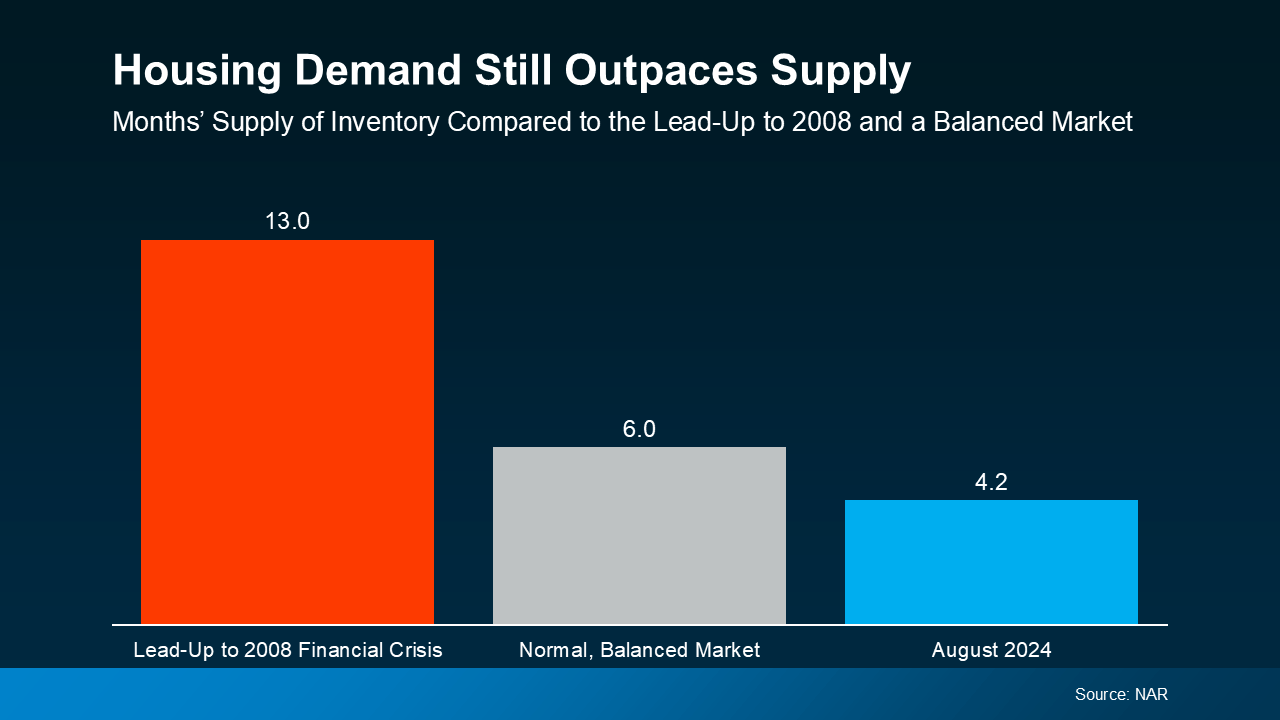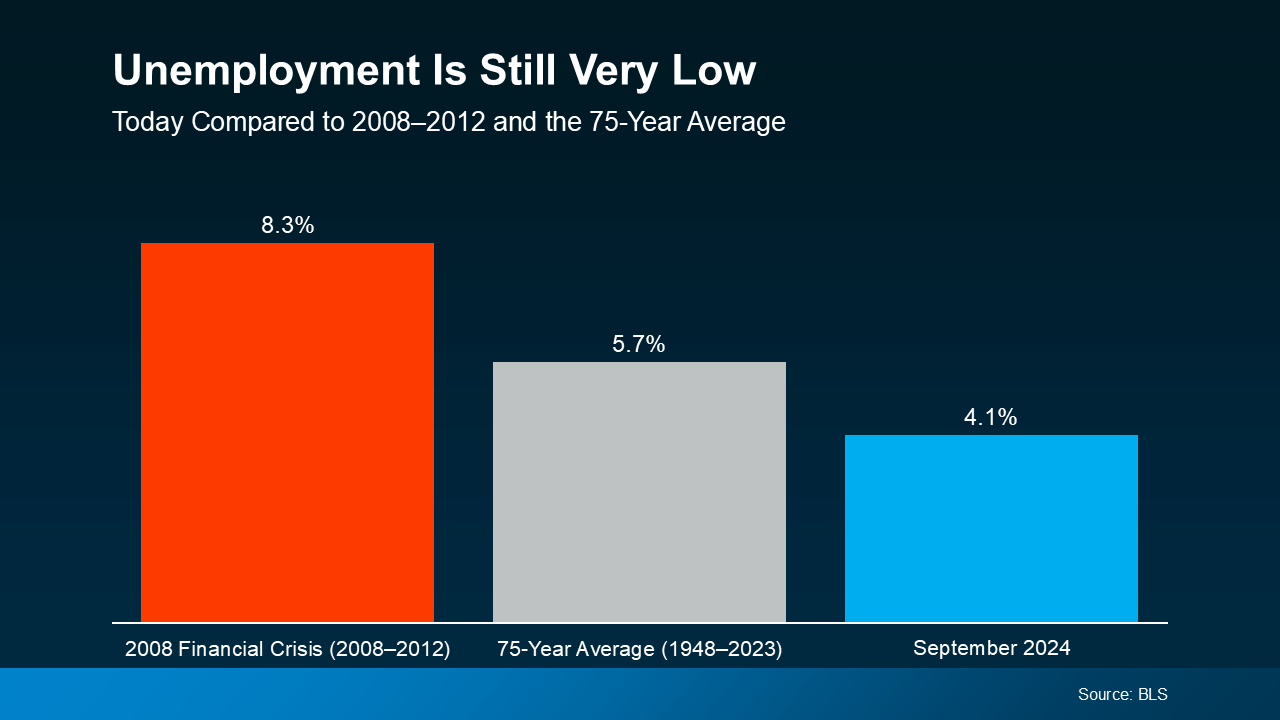Most buyers and sellers know that a home inspection can be a big part of the real estate process, but when it comes right down to it, do you know what to expect from one? By the end of this blog post, you will! We’re here to cover:
- What a home inspection actually is
- How to get set up with one if you need it
- How to find the right inspector for you
- How long it might take
- Other inspections you might want to consider
- What to do after your home inspection is complete
Let’s dive in!
What is a home inspection?
First, be sure you don’t confuse this with a home appraisal. Appraisals are often required by lenders to confirm that the agreed-upon price lines up with the property’s actual value. These may not find some of the serious issues you would want to know about as a buyer—or even as a seller!
A home inspection is a noninvasive exam of a property. It’s intended to give an idea of the condition of that property as well as bring to light any potential safety concerns. Remember, though, that it is noninvasive. Your inspector will not be opening up walls, for example, and may not even move things like furniture and rugs, which means that unfortunately they can’t be expected to catch everything. They should, however, check out attics, basements, crawl spaces, and so on in addition to rooms that get more everyday use.
Home inspections aren’t a part of every sale, but many buyers ask for a home inspection contingency in their offer to make sure there are no “deal breakers” before they go through with closing.
How do I get one?
Buyers who need a home inspection should weigh their local options before deciding which inspector to go with. (More on this in a bit.) But don’t take too long! There will be a set amount of time in your purchase agreement for you to complete the home inspection process. Keep your agent in the loop as you decide; they’re your best advocate and likely know most of your options in the area.
As a buyer, you would likely pay for and schedule the inspection. Some buyers may negotiate for the sellers to cover it in the purchase agreement, but it’s not always the way to go. Although home inspectors are, ideally, an objective third party, there’s peace of mind in knowing that they are working directly for you and in no one else’s interest.
Most inspectors are happy (and may even expect) to have buyers tag along for the inspection, and it’s a good idea to do so if you can. You can ask questions and get information in real time, along with getting a closer look at the property you’re about to invest in. Sellers should be careful to make sure the inspector can easily access the property to make everything go as smoothly as possible. That means making sure keys or a lockbox are ready to go, utilities are connected, and pilot lights are on if the property has been vacant while listed.
(Oh—and sellers, you can also get a pre-inspection before listing your property if you’d like to know what is likely to pop up and possibly address a few things ahead of time!)
How do I find the right inspector?
First things first: Ohio licenses home inspectors, so it is important to work with an inspector who holds a license issued by the Ohio Division of Real Estate and Professional Licensing. Next, look for certifications like InterNACHI (the International Association of Certified Home Inspectors) and ASHI (the American Society of Home Inspectors), which shows you they have official training in providing home inspections. You also want your inspector to be insured, experienced, and have a solid knowledge of local issues your property may face. These range from local pest populations to specific soil types that affect the settling of a home. Reviews, testimonials, and referrals are also usually reliable ways to learn more about an inspector.
Some home inspectors will be able to offer repairs and renovations, though there’s a chance they may see defects as the opportunity for more work—so be prepared to take their recommendations with a grain of salt.
How long does a home inspection take?
In terms of how long it takes from finding an inspector to getting the final report, expect anywhere from one to three weeks. Your purchase agreement should outline this very clearly. The day of, you can expect your actual inspection to range from two to three hours, though it could be more or less, depending on the size of the property and the shape it’s in. After the inspection is completed, you can usually expect the report to come from your inspector within a few days.
What other inspections should I consider?
A home inspection can be very broad. If you have specific concerns, there are other types of inspections that may be able to give you more detailed answers. For example, you may want to know more about:
- The presence of radon
- Wood destroying inspects
- Mold and mildew concerns
- Sewage and drainage
- …and more!
What comes next?
When you receive your home inspection report, it will be broken down into different sections of your house. Be prepared to see lots of “defects” listed. A home inspector will note even the most minor things they notice—and that’s a good thing! However, it doesn’t mean everything they find is necessarily a concern. It’s important to note the difference between genuine hazards and inconveniences. In other words, “now” fixes and “later” fixes. An active leak is usually a “now” fix, as well as potential foundation issues. Some “later” fixes might include jiggly doorknobs and other superficial flaws that don’t pose a danger, though they may be unsightly or even somewhat annoying.
Now is the time to decide what you’ll do with the information in your report. Will you continue with the sale as planned? Do you feel the need to renegotiate terms like closing costs, overall price, or repairs that need to be made before closing? Is there anything concerning enough to warrant backing out of the deal completely?
If you choose to ask for repairs or changes, be sure to follow up to be sure that everything is on track for a timely closing. You may even need to set up a reinspection to confirm that your concerns have been addressed. Then, it’s time to get moved in and enjoy your new home!
Our trusted REALTORS® are standing by and ready to help you with your next real estate transaction! Reach out today to get started on your next purchase or sale.
Contact Us: https://flagcity.com/contact-me



 Facebook
Facebook
 X
X
 Pinterest
Pinterest
 Copy Link
Copy Link















